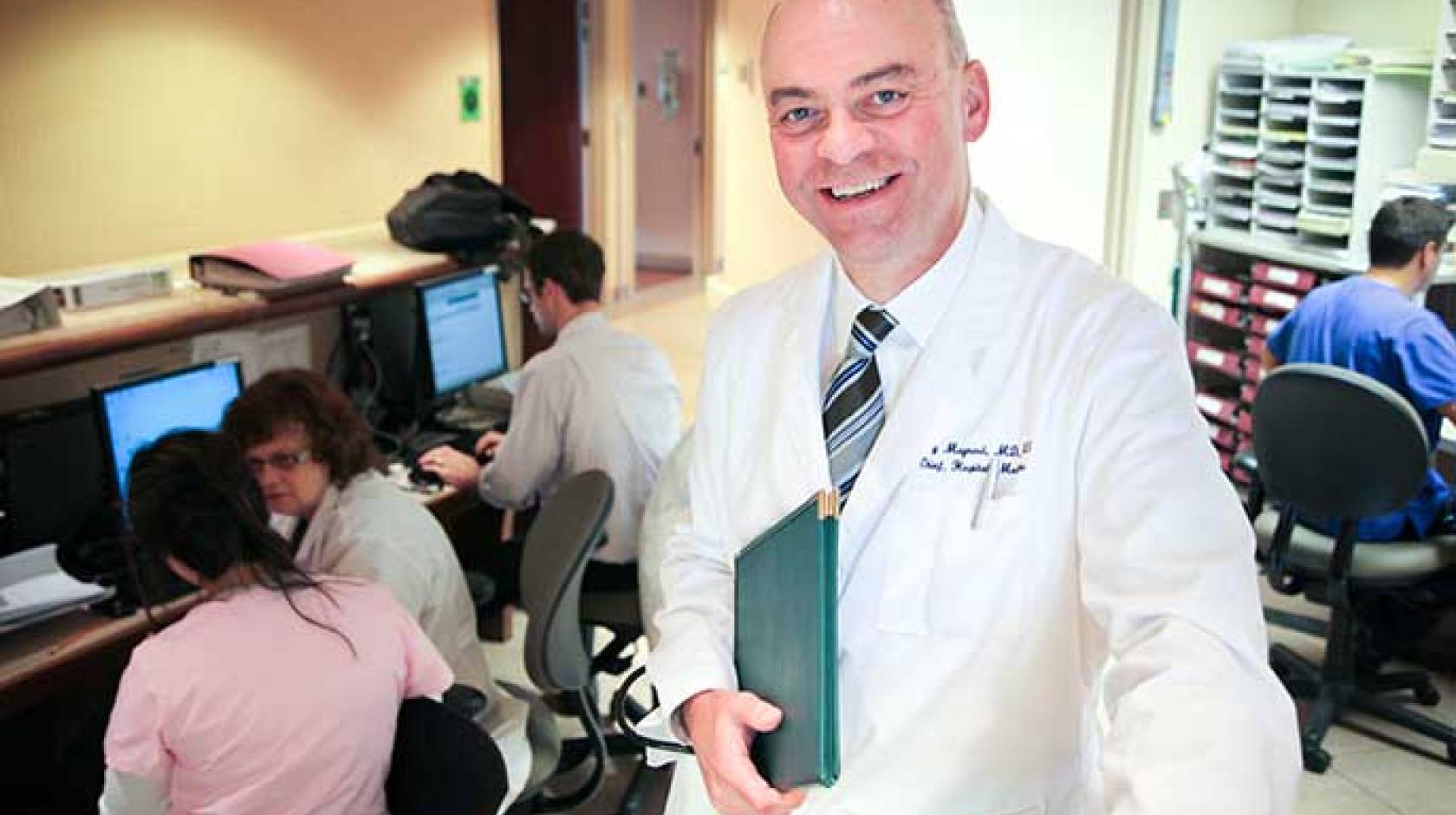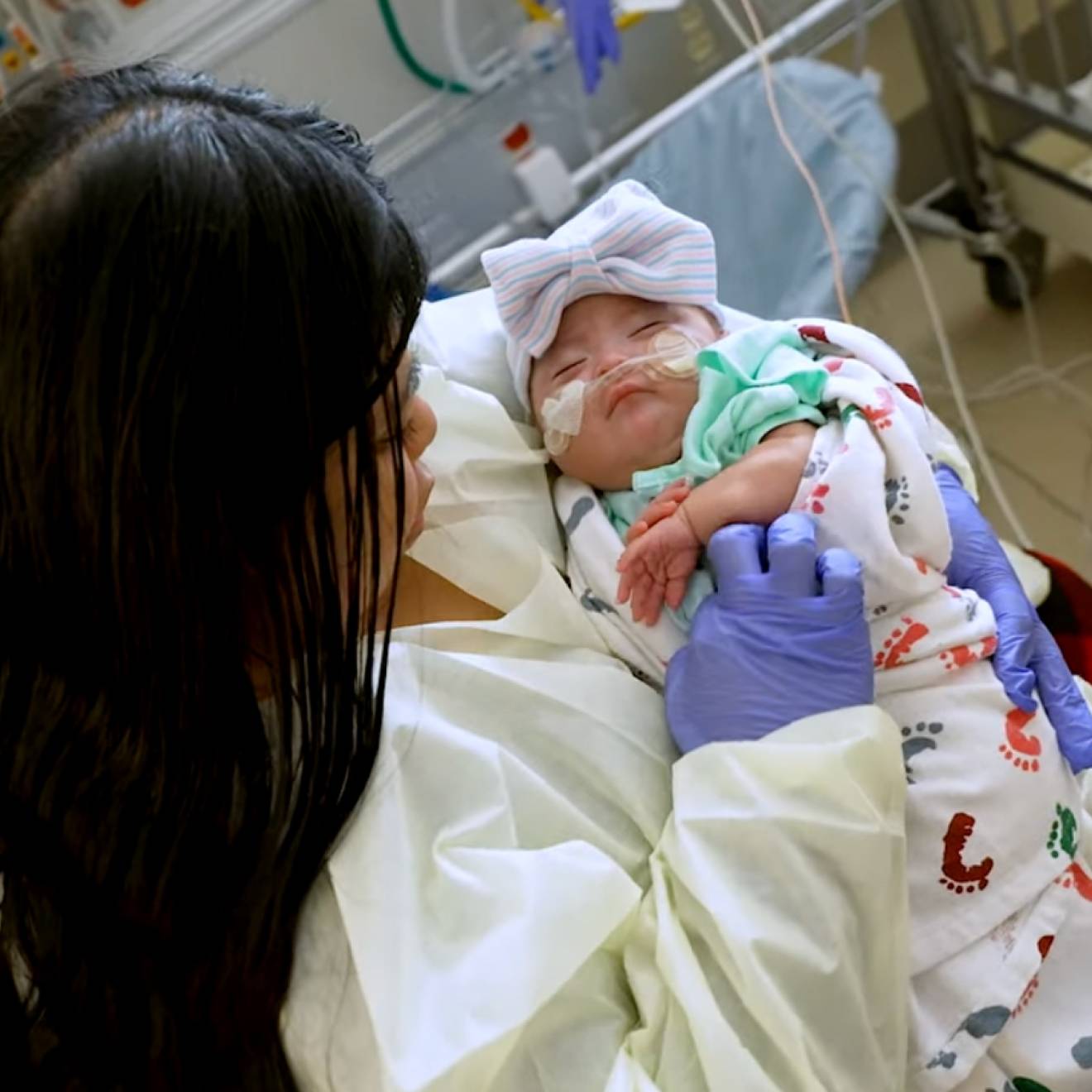Alec Rosenberg, UC Newsroom

A University of California center that fosters health care innovation at UC's five medical centers is proving to be a boon to both patient health and the bottom line.
A report assessing the impact of grants made by the Center for Health Quality and Innovation (CHQI) found that UC’s investment is paying off with improvements such as fewer blood clots and improved post-surgery care at UC hospitals. Based on current cost savings, revenues and additional funds received, the projected net financial gain in 2016 of the center’s grants will be about $40 million from a $7.3 million allocation from UC medical centers — a return on investment of more than 5 to 1.
“The investment has been a good one,” said Dr. John Stobo, UC Health senior vice president and CHQI chairman. “The innovation center has done a lot of good in terms of improving quality and saving costs.”
CHQI was established in 2010 to foster innovations developed at UC medical center campuses and hospitals in order to improve quality, access and value in the delivery of health care. To date, the center has issued a total of 50 grants. In addition to funding from UC’s five medical centers, CHQI also has awarded $7.7 million it received from the UC Office of Risk Services for grants designed to reduce the risk of clinical harm to UC patients.
“We’ve been able to support innovative projects that produce better outcomes for patients, reduce costs and are being expanded across the UC Health system,” said CHQI Executive Director Karyn DiGiorgio. “This report helps quantify our impact.”
Examples include:
- A five-campus project to reduce dangerous blood clots (venous thromboembolism, or VTE) prevented an estimated 140 VTE occurrences in 2013 for an annual savings of $1.45 million.
- A project at UC Irvine reduced the median length of stay for high-risk abdominal surgery patients by two days, resulting in fewer complications and projected annual savings of $816,000.
- The 2012 UC San Diego colorectal postoperative program reduced length of stay by 4.5 days for high-risk surgical patients and 0.9 days for moderate-risk patients, resulting in projected annual savings of $553,000.
- A 2012 UCSF palliative care intervention resulted in 45 additional palliative care consults in the intensive care unit, generating $167,000 in annual savings from reduced ICU bed-days.
- A 2012 UC Davis specialty pharmacy initiative led to contracts that generated $18,000 in revenue at UC Davis and $1.36 million in revenue at UCSF during a CHQI fellowship.
- The 2012 UCLA elective surgery discharge program increased net revenues through a discharge pharmacy program for surgical services by $639,000 during a CHQI fellowship.
The report projects at least $25 million in grant-generated cost savings and revenues by the end of 2016. Also, seven project teams have received an additional $16 million in external funding based on their CHQI work, including a UCSF-led radiation safety project, a UC Davis pediatric telehealth project and a UCSF-led eConsult project.
In addition, 16 papers in national journals have been published based on work funded by CHQI.
The report did not assess the center’s other activities, such as hosting three systemwide colloquiums and convening multicampus collaboratives to develop and implement evidence-based practices.
The report was prepared by the center’s Innovation Evaluation Committee, which includes Michael Ong of UCLA, Patrick Romano of UC Davis, Andrew Auerbach of UCSF, Sheldon Greenfield of UC Irvine, Theodore Ganiats of UC San Diego and Stephen Shortell of UC Berkeley, and Karyn DiGiorgio, executive director of the center. CHQI plans to issue a yearly update, and by 2016 expects to present an in-depth review of the overall impact of the programs funded by the center.

